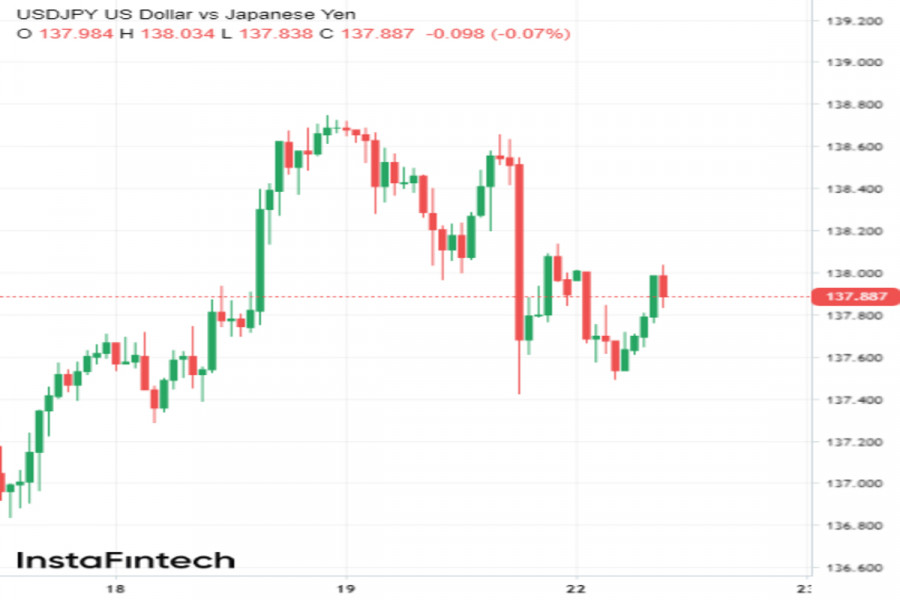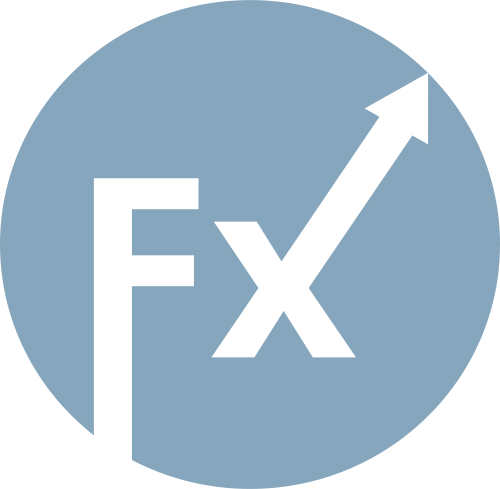Malajsijský premiér Anwar Ibrahim odhalil komplexní rozpočtový plán na rok 2025 ve výši 421 miliard ringgitů (98 miliard USD), který zahrnuje nové daně, vyšší minimální mzdu a snížení dotací na pohonné hmoty RON95. Cílem je snížit fiskální deficit ze 4,3 % HDP v roce 2024 na 3,8 %. Mezi změnami se objevuje rozšíření daně z obratu a služeb, zdanění příjmů z dividend a globální minimální daň. Od ledna se postupně zvýší spotřební daň na sladké nápoje a v roce 2026 se očekává zavedení uhlíkové daně. Úspory budou směřovat do vzdělávání, zdravotnictví a peněžní pomoci pro nízkopříjmové skupiny. Rozpočet zahrnuje širší daňové úlevy a progresivní mzdovou politiku od února, přičemž minimální mzda se má zvýšit na 1 700 ringgitů měsíčně. Rozpočet na rok 2025 předpokládá zvýšení příjmů o 5,5 % na 339,7 miliardy ringgitů a zároveň očekává 4,5-5,5% hospodářský růst.
At the end of last week, USD/JPY found itself in the midst of a perfect storm. Under the pressure of several negative factors, the major currency interrupted its multi-day rally. Can the quote bounce back in the near future? And does it have a long-term upside potential?
Last Friday, USD/JPY halted its 6-day winning streak and retreated from its 6-month high.
At the start of the new trading week, the pair has continued to decline. At the time of writing, the pair was trading around 137.6, 0.2% lower than the previous closing.

There are currently three key factors putting pressure on the pair:
What did Powell say?
Last week, several Federal Reserve officials made extremely hawkish statements regarding the central bank's future monetary policy course.
Some policymakers pledged to continue raising interest rates in the future, citing the persistent inflation in the US. Others expressed readiness to keep rates high at least until the end of the year if inflationary pressure remains strong.
Judging by these comments, the overall sentiment among American officials remains hawkish.
Against this backdrop, many market participants expected the Federal Reserve chair's speech at the central bank's conference in Washington on Friday to follow the same tone.
However, Jerome Powell delivered unexpectedly dovish remarks, surprising dollar bulls. He did not exclude the possibility of a pause in June, unlike his colleagues. Instead, Powell stated that the Federal Reserve is still considering whether further tightening would be appropriate.
"Having come this far, we can afford to look at the data and the evolving outlook and make careful assessments," he noted.
The hesitant tone of the Fed chair and his concerns about the future of the US banking sector weakened hawkish sentiments in the market.
Futures traders are now pricing in a 9% probability of a rate hike in June, down from over 30% just a couple of days ago.
Rising speculation about an impending pause in the current tightening cycle of the Federal Reserve acted as a headwind for the dollar. On Friday, the USD/JPY pair dropped by more than 50 pips.
However, some analysts still see potential for the greenback to rise against the yen in the medium term, as Powell did not mention the possibility of cutting the current rate range during his speech.
Continuing monetary divergence between America and Japan is bad news for the yen. If the Federal Reserve does not move towards rate cuts while the Bank of Japan continues its ultra-loose policy, it should support the USD/JPY pair.
According to forecasts from Bank of America, the first round of rate cuts in the US will occur in the first quarter of 2024. Until then, the US dollar is expected to remain strong against the yen and may rise to the level of 140 by the end of 2023.
How critical is the inflation situation in Japan?
On Friday, Japan's Consumer Price Index for April was released, which came as a shock to many.
The report showed that overall annual inflation jumped to 3.5% last month, significantly higher than preliminary estimates (2.5%) and above the previous reading (3.2%).
Core CPI also surprisingly increased. In April, the indicator, which excludes food and energy prices, rose by 4.1% compared to 3.8% in the previous month, surpassing economists' forecasts. It was expected to rise by 3.4%.
The acceleration of inflationary pressure in Japan has brought back discussions about a possible policy U-turn by the Bank of Japan (BOJ). Some analysts predict that as the regulator's next meeting approaches, speculation on this topic may intensify even further, which would strengthen the Japanese yen against the US dollar.
The BOJ's next monetary policy meeting is set to occur in June. If by then, after analyzing the current data, the regulator recognizes the persistent nature of inflation and signals the potential normalization of its monetary stance, it will mark the beginning of a JPY rally.
It should be noted that Japanese policymakers have repeatedly stated that stable high inflation is required for the central bank to switch to a hawkish stance. If inflation lingers above the BOJ's target of 2%, it will leave the regulator with no choice but to start raising rates.
In January, consumer price growth in Japan rose at the fastest pace in the past 40 years. However, in February and March, inflation noticeably slowed down.
Most experts believe that the uneven CPI trajectory will become a more important argument for the BOJ than the April inflation surge in inflation. Therefore, there is little sense in hoping for any such policy shift in June.
Japanese policymakers will likely continue to monitor the data to fully understand the direction of inflation's movements. The cautious stance of the BOJ is not the most favorable scenario for the yen.
"With the BOJ governor signaling a more patient approach to tweaking the YCC threshold, risks are stacked against the yen. We think dollar-yen could go to 140 by the end of the second quarter if the central bank stands pat despite rising wages and elevated inflation rates," BNY Mellon analyst Aninda Mitra noted.
What to expect from US debt ceiling negotiations?
Last week, leaders of the US Congress failed to reach a consensus on raising the US debt ceiling. Market participants are concerned that the ongoing standoff between Democrats and Republicans could lead to a default. It would add further strain to the US economy, which is already teetering on the brink of a recession after a prolonged monetary tightening cycle.
In such circumstances, the Federal Reserve is unlikely to continue fighting inflation by using high interest rates and is more likely to be forced into easing its policy.
That is why the lack of positive news on negotiations between Democrats and Republicans is strongly weighing down on the US dollar. A successful resolution of the crisis could, conversely, result in a USD rally.
Today, traders will closely monitor another meeting of Congressional representatives. There are chances of a compromise being reached, especially considering the rather optimistic headlines in the US media.
Currently, over 70% of respondents in a recent survey by the Bank of America expect the Republicans and Democrats to come to an agreement before the so-called X-date, when the government will exhaust all options to pay its bills.
"Despite encouraging headlines, history suggests lawmakers will take things down to the wire, which will add to market volatility," Carol Kong, strategist at Commonwealth Bank of Australia in Sydney said. "If, and once, an agreement is reached, focus will quickly shift back to economic data and the FOMC, which I think will lead to further modest dollar gains."
The main threat to the US dollar at present is the ongoing debt crisis, which could significantly weaken the market's hawkish sentiment. If the debt ceiling isue is resolved in the near future, the dollar may resume its growth.
USD/JPY could also decline amid increasing speculation about a possible monetary turnaround by the Bank of Japan (BOJ). However, if the BOJ reaffirms its commitment to a dovish stance at its June meeting, the US dollar could quickly recover any potential losses.

SZYBKIE LINKI